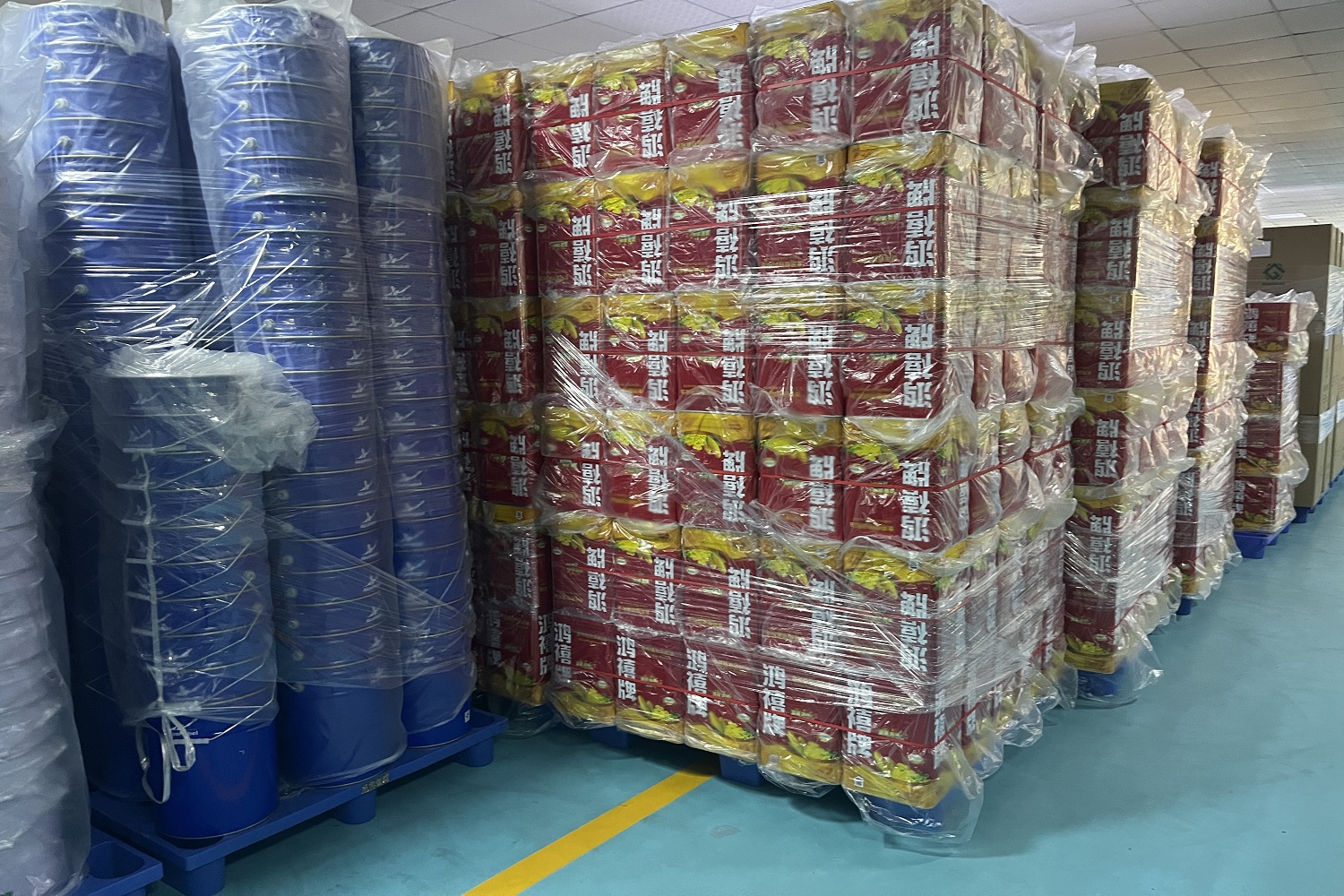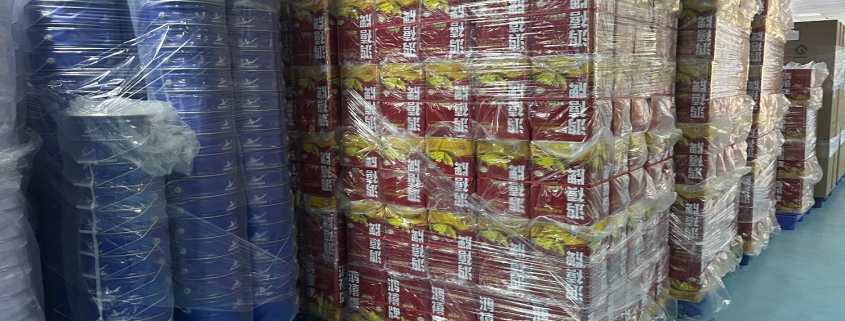Overview of Coating Types in Tinplate Production: Functions and Characteristics
Tinplate coatings are broadly classified into internal coatings, external primers (base oil coatings), undercoats (white rubber coatings), and topcoats.
Internal Coating:
(1) Primary Purpose: Prevents the corrosion of the can wall and contamination of the contents, ensuring prolonged storage.
(2) Key Characteristics: Corrosion resistance, excellent adhesion, flexibility, non-toxic, and odorless, meeting food safety standards. Must withstand localized high-temperature heating during subsequent processes like welding and internal touch-up. Additionally, should resist fading, loss of gloss, and peeling even after canning and exposure to 121°C high-temperature boiling.
(3) Common Choices: Typically includes phenolic resin coatings, epoxy-phenolic resin coatings, acrylic resin coatings, and aluminum paste. The selection depends on the characteristics of the contents and the desired coating thickness.
(4) Major Process Parameters:
① Viscosity: Generally in the range of 80–120 seconds (measured with a #4 Ford cup), specific values determined based on supplier parameters and actual production conditions.
② Baking Temperature: Typically around 200°C for 12 minutes, with specific values determined based on supplier parameters and actual production conditions.
③Dry Film Quality: Primarily determined based on the nature of the packaged contents, e.g., 7g/m² or above for items like protein drinks, tea beverages, fruit juices, congee, and over 14g/m² for highly acidic products like tomato sauce, yangmei, and asparagus..
Primer Coating (Base Oil)
(1) Primary Purpose: Ensures secure adhesion of ink or white coating to the tinplate.
(2) main Characteristics:
①Transparency is essential, with minimal yellowing upon film drying, preserving the metal texture.
②Exhibits excellent leveling, appropriate heat-curing properties, and flexibility to facilitate subsequent processing.
③Possesses sufficient affinity for inks or white coatings, ensuring strong adhesion to various types of tinplate.
④After film formation, maintains good water resistance to facilitate printing.
(3)Common primer coatings include ethylene-based, modified ethylene-based, and epoxy-amine-based types. Since primers are mostly low-molecular-weight compounds, their film formation is susceptible to the influence of additives in other coatings applied over them, impacting their physicochemical properties (adhesion, yellowing). Therefore, when selecting a primer, subsequent processes involving white coatings and gloss oils must be compatible.
Primer (White Coating) – Process Parameters
(4) Key Process Parameters:
① Viscosity: Generally in the range of 30 to 50 seconds (measured with a 4F Ford Cup), specific values need to be determined based on supplier specifications and actual production conditions.
② Baking Temperature: Typically around 200°C for approximately 12 minutes, specific values need to be determined based on supplier specifications and actual production conditions.
③ Dry Film Mass: Typically around 1.5g/m², specific values need to be determined based on supplier specifications and actual production conditions.

Primer (White Coating) – Introduction
(1) Primary Purpose: According to principles of colorimetry in printing, a white base is essential to fully reflect the various spectra of white light, allowing accurate color development for inks applied to its surface. The silver-gray surface of tinplate exhibits metallic luster, and certain inks directly applied to its surface may display colors differently than when applied to a white surface. White coating with kaolin is mainly used for tinplate printing where the entire layout has a white base.
(2) Key Characteristics:
①Resistant to baking, avoiding yellowing.
② Exhibits good whiteness and fullness.
③Typically, the film-forming substance in white coating is a high-molecular-weight compound, offering resistance to various overprinting oils.
④Good resistance to processing, with favorable bending characteristics.
3) Common Recommendations:
Acrylic and polyester types are generally recommended. Polyester types exhibit good resistance to yellowing and can be directly used for various can bodies. Acrylic types, resistant to high-temperature cooking, are typically employed in deep-drawing processes. To enhance adhesion between the coating and tinplate, a primer is often applied before the application of white coating.
(4) Key Process Parameters:
① Viscosity: Typically in the range of 120 to 160 seconds (measured with a 4# Ford Cup), specific values need to be determined based on supplier specifications and actual production conditions.
②Baking Temperature: Usually around 180°C for approximately 12 minutes, specific values need to be determined based on supplier specifications and actual production conditions.
③Dry Film Mass: Typically around 15g/m², specific values need to be determined based on supplier specifications, layout color, and actual production conditions.
Overprint Varnish – Introduction
(1) Primary Purpose: To enhance the surface gloss and hardness of printed materials, providing a certain degree of flexibility and corrosion resistance to the coated surface.
(2) Key Characteristics:
Excellent color retention; solvents in the varnish should not cause ink bleeding or fading.
Sufficient hardness and firmness to withstand post-processing deformation.
(3) Common Recommendations:
Common types of overprint varnish include epoxy resin, alkyd resin, acrylic resin, and acrylic amine. Different compositions result in varied performances and applications. The selection depends on factors such as whether there is deep-drawing deformation in subsequent processes, localized high-temperature heating during welding, and the need for high-pressure cooking.
(4) Key Process Parameters:
① Viscosity: Generally in the range of 80 to 120 seconds (measured with a 4° Ford Cup), specific values need to be determined based on supplier specifications and actual production conditions.
② Baking Temperature: Typically around 180°C for approximately 12 minutes, specific values need to be determined based on supplier specifications and actual production conditions.
③ Dry Film Mass: Typically around 8g/m², specific values need to be determined based on supplier specifications, mechanical processing, and actual production conditions.
(5) Special Effects Overprint Varnish:
Besides gloss varnish, there are matte varnish, wrinkle varnish, and pearl varnish.
① Gloss Varnish: Achieves a high gloss effect, aligning with traditional aesthetic preferences.
② Matte Varnish: Conversely, it imparts a non-glossy surface to tinplate products, creating a paper-like texture and an elegant decorative effect.
③Wrinkle Varnish: When applied and shaped, it forms crystal-like transparent flakes. Light reflection enhances the three-dimensional effect of exquisite patterns on tinplate, providing high artistic appreciation value from different angles.
④ Pearl Varnish: Applied to large exposed areas, it exhibits a pearl-like luster, highlighting the brightness of printed graphics and text, offering extremely high aesthetic value.

 jjyixin
jjyixin jjyixin
jjyixin tincanmakingmachine.net
tincanmakingmachine.net